Download all Mantras in Audio Format
Gayatri Maa is the embodiment of divine wisdom, the radiant light of the Supreme Truth, and the source of all spiritual knowledge. Often personified as a five-headed goddess seated on a red lotus, she represents the five elements and the five pranas (life forces) that sustain creation. Gayatri is not just a goddess but a universal Vedic force, the divine feminine energy of Savitr, the solar deity. Her presence permeates the most revered mantra in the Vedas, the Gayatri Mantra, which illuminates the intellect and awakens the soul. Chanting this mantra daily brings clarity, purity, and liberation. Regarded as the Mother of the Vedas, Gayatri Maa blesses the seeker with inner light and the highest spiritual realization.
Who is Gayatri Maa?
Gayatri Maa is the divine manifestation of Saraswati, Lakshmi, and Parvati, the Tridevi merged into one radiant form. She is also considered the feminine counterpart of Brahman, the Supreme Consciousness, and is revered as the Veda Mata (Mother of the Vedas). In the Rigveda, she is symbolized through the sacred Gayatri Mantra, which serves as her spiritual embodiment.
Family Lineage and Connections
Gayatri Maa is often associated with Savitr, the solar deity, and is regarded as his consort in the Vedic context. In other interpretations, she is seen as a form of Saraswati, the consort of Brahma, especially as the Gayatri Mantra is said to have been revealed to the rishi Vishwamitra through Brahma’s grace. This interconnectedness places her at the heart of cosmic creation and spiritual evolution.
Associated Elements
Vehicle (Vahana): A swan, symbolizing wisdom and purity
Attributes/Symbols: Five heads representing the five pranas and five elements; ten arms holding Vedic scriptures, kamandalu, rosary, mudras of blessing and protection
Divine Association: She is eternally linked to the sacred syllable OM, the essence of all creation and the seed of the Gayatri Mantra.
Spiritual and Religious Significance of Gayatri Maa
The Mother of All Vedas
Gayatri Maa is revered as the embodiment of divine knowledge, truth, and illumination. She is the guiding Shakti behind the four Vedas, Rig, Yajur, Sama, and Atharva and is considered the spiritual mother of all mantras. Chanting her mantra is said to awaken the higher mind (buddhi) and dissolve ignorance.
Universal Light and Wisdom
Gayatri Maa symbolizes the formless Absolute as radiant light, Savitur, the life-giving Sun. Her presence inspires inner awakening, clarity, and the path of dharma. She doesn’t belong to any one sect, region, or gender. Her grace transcends all boundaries, making her the universal mother for seekers, students, saints, and householders alike.
Gayatri as a Protective Force
In the spiritual tradition, Gayatri is called the “spiritual armour” (Raksha Kavach). Just as a shield protects the body, the daily chanting of the Gayatri Mantra is believed to protect the mind and soul from negativities, harmful influences, and ignorance.
Role in Initiation and Upanayanam
Traditionally, the Gayatri Mantra is given during the Upanayana (sacred thread ceremony), marking the child’s entrance into spiritual life. This underscores the mantra’s role as the initiation into divine wisdom and self-awareness.
Gayatri and the Five Pranas
Her five faces symbolize the five pranas (vital energies) and five koshas (sheaths of the body). Thus, worship of Gayatri aligns and purifies these inner layers, opening the door to higher consciousness and liberation.
In essence, Gayatri Maa is not just a deity but the personification of Brahmavidya, the supreme knowledge that leads to moksha.
Symbolism and Iconography of Gayatri Maa
Gayatri Maa is often depicted as a five-faced goddess, each face facing a different direction, symbolizing her all-pervading nature and mastery over the five elements (Pancha Mahabhutas) and five pranas (life-forces). These five faces are also said to represent the five forms of sacred knowledge, Rig, Yajur, Sama, Atharva Vedas, and the essence of all Vedas.
She is usually shown seated on a red lotus, signifying awakening, purity, and divine energy. Her ten arms hold various symbolic items such as:
A conch (shankha) – Symbol of cosmic sound and purity
A lotus (padma) – Symbol of divine awakening
A discus (chakra) – Symbol of time and protection
A mace (gada) – Sign of strength and courage
A book (granth) – Sign of supreme wisdom
A kamandalu (water pot) – Purification and austerity
A goad (ankusha) – Power to direct the mind
A noose (pasha) – Power to restrain desires
A rosary (mala) – Devotion and discipline
A trident (trishul) – Balance of creation, preservation, and destruction
Her vehicle is a swan (hamsa), the sacred bird that symbolizes discrimination (viveka) and the ability to separate truth from illusion. It is said that just as a swan can separate milk from water, so too does Gayatri grant the wisdom to discern the eternal Self from the transient world.
The iconography of Gayatri is not merely symbolic; it reflects a deeper metaphysical truth. Each aspect of her form points to inner spiritual tools needed on the path of realization. Through meditation on her image and mantra, one aligns with cosmic intelligence, awakening the divine light within.
Legends and Stories of Gayatri Maa
Gayatri Maa is often revered as the divine essence of the Vedas and the Shakti of Brahman. According to the scriptures, she emerged to complete Brahma’s sacred yajna when Saraswati refused to participate. Some texts describe her as the second consort of Brahma, while others recognize her as an embodiment of pure consciousness born of Vedic mantras.
Maharishi Vishwamitra is said to have received the Gayatri Mantra through deep tapasya and divine revelation, making it accessible to humanity. Her stories, across Vedas and Puranas, portray her not just as a goddess, but as the voice of the cosmos guiding beings toward truth and illumination.
It is through her form that the eternal Gayatri Mantra was revealed. A mantra that continues to uplift, purify, and awaken spiritual insight.
Let us now delve into the divine Gayatri Mantra and understand its meaning, structure, and spiritual power.
Deeper Meaning and Spiritual Breakdown of the Gayatri Mantra
The Gayatri Mantra is not merely a verse it is a profound spiritual invocation that has inspired sages, saints, and seekers across millennia. Found in Rig Veda (Mandala 3, Hymn 62, Verse 10), it is composed in the Gayatri metre, consisting of 24 syllables across three lines, and is considered the mother of all Vedic mantras.
The Mantra (in Sanskrit):
ॐ भूर्भुवः स्वः ।
तत्सवितुर्वरेण्यं ।
भर्गो देवस्य धीमहि ।
धियो यो नः प्रचोदयात् ॥
Transliteration:
Om Bhur Bhuvah Suvaha
Tat Savitur Varenyam
Bhargo Devasya Dhimahi
Dhiyo Yo Nah Prachodayat
Swami Shivananda's Spiritual Translation:
'We meditate on the glory of the Creator;
Who has created the Universe;
Who is worthy of Worship;
Who is the embodiment of knowledge and light;
Who is the remover of all sin and ignorance;
May He enlighten our intellect.'
Word-by-Word Breakdown and Deeper Insights
Let’s explore the sacred mantra word by word:
Om –
The universal sound, symbol of the Supreme Reality. It represents the infinite, the source of all creation, and is the vibration that pervades all existence.
Bhur –
Refers to the physical realm, the gross body, and the element of Earth. It signifies the material world and represents Agni (fire) as its deity.
Bhuvah –
The subtle or astral world, connected with the pranic body and air. It represents Vayu (wind), the life-force that sustains breath and motion.
Suvah (or Swaha) –
The causal or celestial world, associated with mental functions and Aditya (the Sun). It signifies the realm of illumination, thought, and higher consciousness.
These three are called the Mahavyahrti, the great cosmic utterances, invoking the purifying essence of the three realms where human existence plays out: body, mind, and spirit.
Core Line-by-Line Meaning
Now, we look at the main part of the mantra:
Tat –
'That', the formless Supreme Truth — Para Brahman. It is beyond name and form, the essence of everything.
Savitur –
Refers to Savita, the Divine Sun, the source of all life, light, and motion. Not the physical sun alone, but the inner Sun of consciousness.
Varenyam –
Worthy of adoration and worship. It signifies the highest, most excellent aspect of divinity to which the seeker aspires.
Bhargo –
The divine effulgence or spiritual light which destroys ignorance and reveals the Truth.
Devasya –
Of the Divine Being, the God of gods, who pervades the entire cosmos.
Dhimahi –
We contemplate, meditate upon, and absorb that divine light into our consciousness.
Dhiyo –
The intellects, the inner faculties of perception and discrimination.
Yo –
Who; the one who inspires or directs.
Nah –
Our; belonging to us.
Prachodayat –
May it guide, illuminate, and inspire. A prayer for awakening divine wisdom.
Upanishadic Reflection
According to the Isa Upanishad (Verse 16):
“O nourishing Sun, solitary traveller, controller, source of life for all creatures, spread your light and subdue your dazzling splendour so that I may see your blessed Self. Even that very Self am I!”
This illustrates the essence of Gayatri, not just as a praise to the Sun but as a realization of one’s unity with that light. The mantra is a journey inward, from gross to subtle, from ego to soul, from ignorance to enlightenment.
Invocations Before and After the Gayatri Mantra
The recitation of the Gayatri Mantra is traditionally preceded and followed by invocations that align the chanter with the cosmic energies, tuning the mind and heart to higher planes.
Short Invocation
Before chanting, these words are traditionally spoken:
Om Bhur Bhuvah Suvaha
This invocation honors the three realms. The physical (Bhur), the subtle (Bhuvah), and the celestial (Suvaha), and connects the devotee to the energy of the deities presiding over these planes: Agni (fire), Vayu (air), and Aditya (sun). It serves as an opening that purifies and sanctifies the mind before meditation.
Long Invocation
For deeper practice, a seven-line invocation is used:
Om Bhuhu
Om Bhuvaha
Om Suvaha
Om Mahaha
Om Janaha
Om Tapaha
Om Satyam
These represent the seven lokas or planes of existence:
Bhuhu –
Earth, the material world
Bhuvaha –
Breath, life-force, astral world
Suvaha –
Mind, mental realm
Mahaha –
Causal, the realm of deep peace
Janaha –
The world of creative expression
Tapaha –
The world of intuition and spiritual heat
Satyam –
The realm of ultimate Truth
By reciting these, the practitioner symbolically moves from the physical toward the highest absolute, preparing for the mantra’s transformative power.
Closing Invocation
At the end of chanting, a short or long closing is also used to seal the prayer:
Short Closing
Bhur Bhuvas Suvar Om
Long Closing
Om apo jyoti rasamrita brahma
bhur bhuvas suvar om
Which means:
Om, the waters, the light, the nectar, the Brahman; Earth, Astral, Heaven, all is Om.
This honours the unity of the entire cosmos within Om, reaffirming oneness after the mantra’s meditation.
Transformative Benefits of Chanting the Gayatri Mantra
Illumines the Intellect
- The Gayatri Mantra is revered as the supreme prayer for divine wisdom. By invoking its light, it refines your buddhi (higher intelligence) and strengthens your power of discrimination.
Purifies the Mind and Heart
- Its sacred vibrations cleanse mental impurities, dissolving fear, anger, and negativity, allowing a sense of divine peace and purity to emerge.
Elevates Consciousness
- The mantra aligns your awareness with the subtle energies of the cosmos, helping you transcend lower impulses and awaken to higher spiritual truths.
Protective Spiritual Armor
- Described by sages as a shield of divine light, Gayatri acts like an unshakable fortress, warding off psychic negativity and environmental stress.
Removes Past Karmic Burdens
- Regular, heartfelt repetition is said to neutralize lingering karmas and harmful tendencies, paving the way for a life of dharma and righteous living.
Strengthens Spiritual Discipline
- Daily recitation fosters deep devotion and commitment, creating a rhythm that anchors one’s life in spiritual practice.
Universal Compassion and Harmony
- Because the mantra is a prayer for all beings’ enlightenment, it nurtures qualities of compassion, inclusiveness, and respect for all life.
Gayatri Mantras of Major Deities
Over time, devotees developed Gayatri mantras for many deities besides Savitr (the Sun), to channel their specific divine qualities through the same 24-syllable meter of Gayatri. These Gayatri mantras honour the same pattern, invoking the supreme brilliance of that deity to awaken wisdom, remove obstacles, and bless the chanter.
Here is a collection of Gayatri mantras for the most worshipped Hindu deities:
1. Ganesha Gayatri
Om Ekadantaya Vidmahe
Vakratundaya Dhimahi
Tanno Dantih Prachodayat
2. Durga Gayatri
Om Katyayanaya Vidmahe
Kanyakumari Dhimahi
Tanno Durgih Prachodayat
3. Krishna Gayatri
Om Devakinandanaya Vidmahe
Vasudevaya Dhimahi
Tanno Krishna Prachodayat
4. Hanuman Gayatri
Om Anjaneyaya Vidmahe
Vayuputraya Dhimahi
Tanno Hanuman Prachodayat
5. Rama Gayatri
Om Dasarathaye Vidmahe
Sita Vallabhaya Dhimahi
Tanno Ramah Prachodayat
6. Saraswati Gayatri
Om Saraswatyai Vidmahe
Brahmaputryai Dhimahi
Tanno Devi Prachodayat
7. Narasimha Gayatri
Om Vajranakhaya Vidmahe
Tikshnadamstraya Dhimahi
Tanno Narasimhah Prachodayat
8. Shiva Gayatri
Om Tatpurushaya Vidmahe
Mahadevaya Dhimahi
Tanno Rudrah Prachodayat
9. Lakshmi Gayatri
Om Mahalakshmyai Vidmahe
Vishnu Patnyai Dhimahi
Tanno Lakshmih Prachodayat
10. Kartikeya Gayatri
Om Tatpurushaya Vidmahe
Mahasenaya Dhimahi
Tanno Skandah Prachodayat
11. Brahma Gayatri
Om Chaturmukhaya Vidmahe
Srishtikartre Dhimahi
Tanno Brahma Prachodayat
12. Kubera Gayatri
Om Yaksha Rajaya Vidmahe
Vaishravanaaya Dhimahi
Tanno Kuberah Prachodayat
13. Bhumi Devi Gayatri
Om Prithviyai Vidmahe
Jagadharayai Dhimahi
Tanno Bhumi Devi Prachodayat
14. Narayana Gayatri
Om Narayanaya Vidmahe
Vasudevaya Dhimahi
Tanno Vishnuh Prachodayat
15. Kamdev Gayatri
Om Pushpabanaya Vidmahe
Ratikantaya Dhimahi
Tanno Anangah Prachodayat
These mantras are recited to connect with the deity’s protective, creative, or liberating power, using the Gayatri chhandas (meter) as a universal medium of divine prayer.
Rudra Centre Products and Services for Gayatri Maa Worship
Gayatri Jayanti Mahapuja
A powerful ritual performed on Gayatri Jayanti to invoke Gayatri Devi’s blessings for wisdom, peace, and protection. This puja aligns your energies with the supreme light of Gayatri.
Click on the link to buy Gayatri Jayanti Mahapuja.
https://www.rudraksha-ratna.com/buy/gayatri-jayanti-mahapuja
Gayatri Chalisa Paath
Recitation of the Gayatri Chalisa, a forty-verse hymn glorifying Gayatri Devi, to remove obstacles and invite positivity. The path is done with pure devotion by learned priests.
Click on the link to buy Gayatri Chalisa Paath.
https://www.rudraksha-ratna.com/buy/gayatri-chalisa-paath
Hanuman Gayatri Mantra Japa, Yagna and Homam
A dedicated Hanuman Gayatri mantra chanting with yagna to remove fears, protect from negative forces, and bring courage and confidence.
Click on the link to buy Hanuman Gayatri Mantra Japa, Yagna and Homam.
https://www.rudraksha-ratna.com/buy/hanuman-gayatri-mantra-japa-yagna-and-homam
Gau Gayatri Japa Yagna
An auspicious ritual performed with Gau Gayatri mantra to protect and nurture cattle, promote prosperity, and bless the devotee with abundance.
Click on the link to buy Gau Gayatri Japa Yagna.
https://www.rudraksha-ratna.com/buy/gau-gayatri-japa-yagna
Maa Gayatri Puja, Mantra Japa and Yajna
A comprehensive puja service to honour Gayatri Maa with mantra chanting, japa, and sacred fire offerings to seek wisdom, clarity, and divine grace.
Click on the link to buy Maa Gayatri Puja, Mantra Japa and Yajna.
https://www.rudraksha-ratna.com/buy/maa-gayatri-puja-mantra-japa-and-yajna
Gayatri Yantra
A sacred, energized yantra engraved with the Gayatri geometry to install in your home or workplace, radiating knowledge, protection, and spiritual upliftment.
Click on the link to buy Gayatri Yantra.
https://www.rudraksha-ratna.com/buy/gayatri-yantra
Panchmukhi Gayatri Devi Brass Idol
A beautifully crafted brass idol of five-faced Gayatri Devi, ideal for altar worship and meditation, bringing strength, clarity, and spiritual awakening.
Click on the link to buy Panchmukhi Gayatri Devi Brass Idol
https://www.rudraksha-ratna.com/buy/panchmukhi-gayatri-devi-brass-idol
Gayatri 3D Yantra Brass Pendant
A powerful wearable yantra in brass with 3D geometry to carry the Gayatri blessings close to you, for inner strength and protection through the day.
Click on the link to buy Gayatri 3D Yantra Brass Pendant.
https://www.rudraksha-ratna.com/buy/gayatri-3d-yantra-brass-pendant

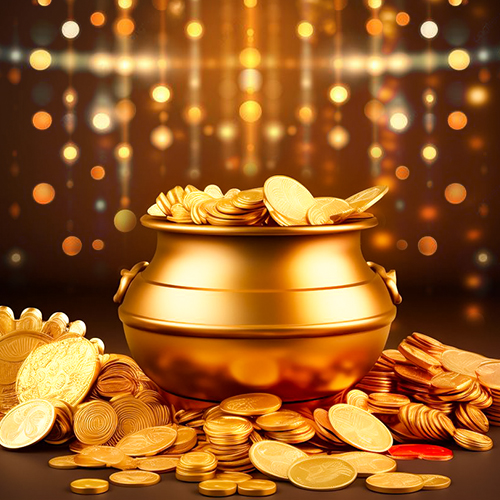
-in-Astrology.jpg)
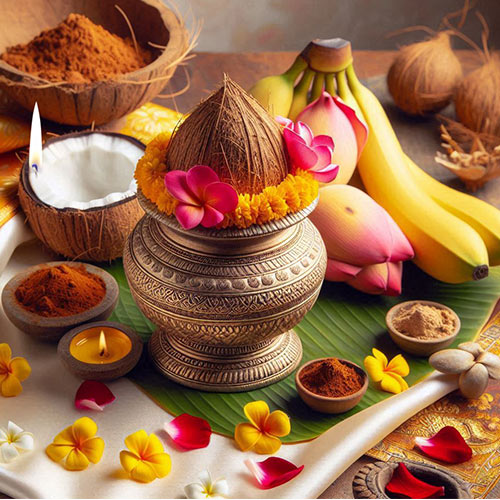
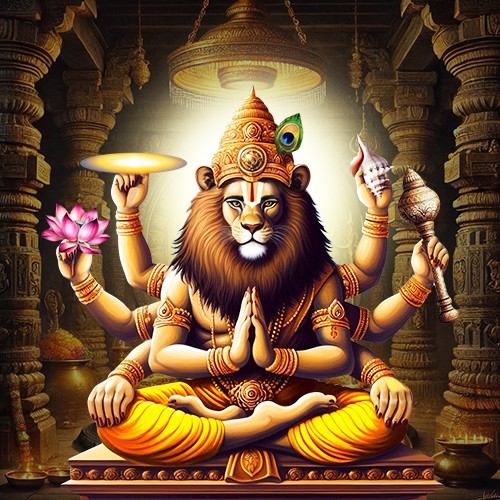
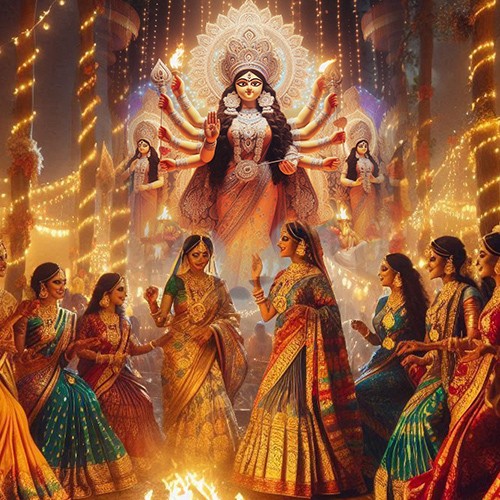
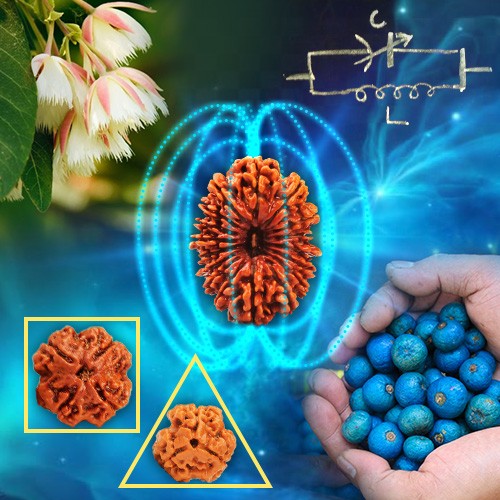

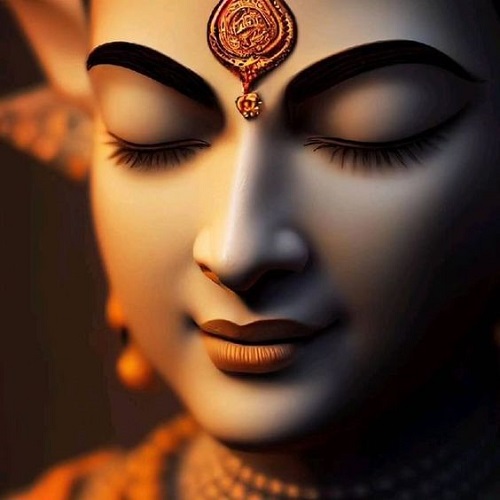
.jpg)
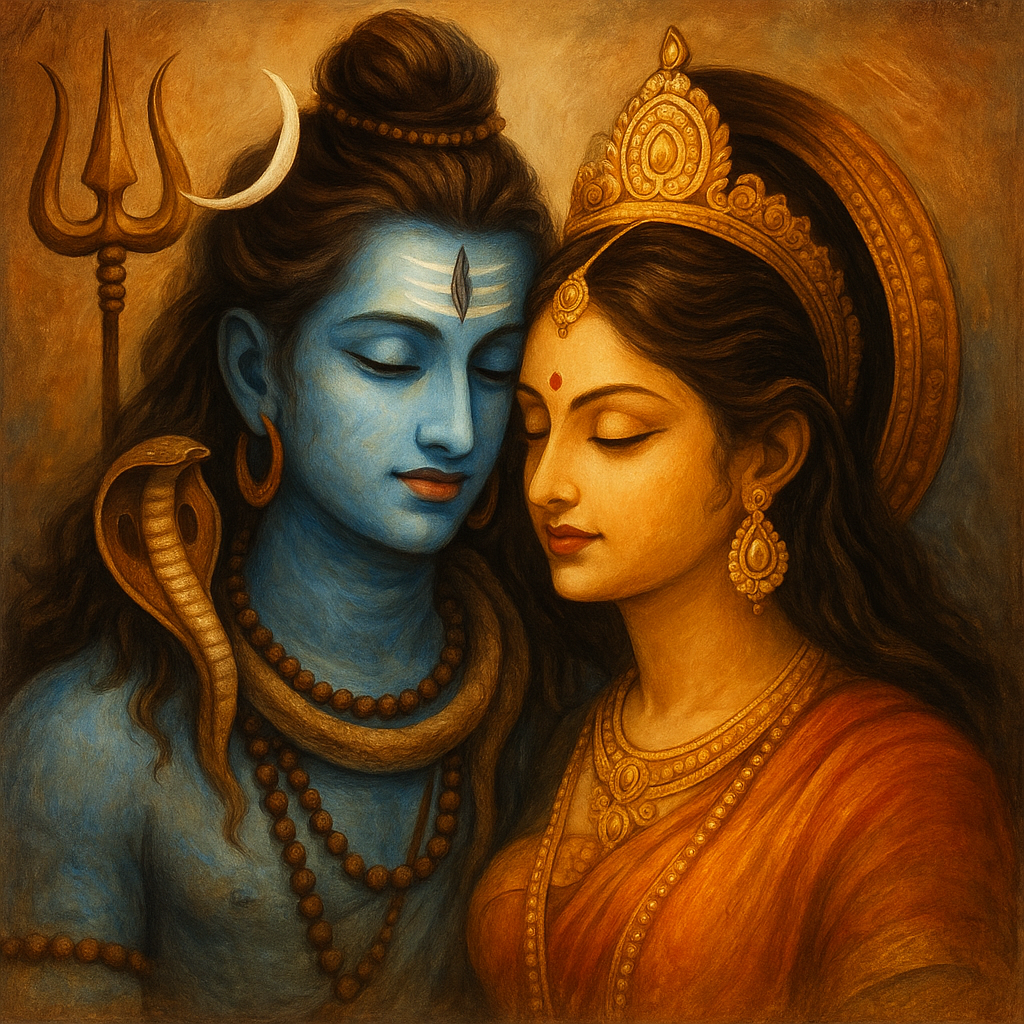
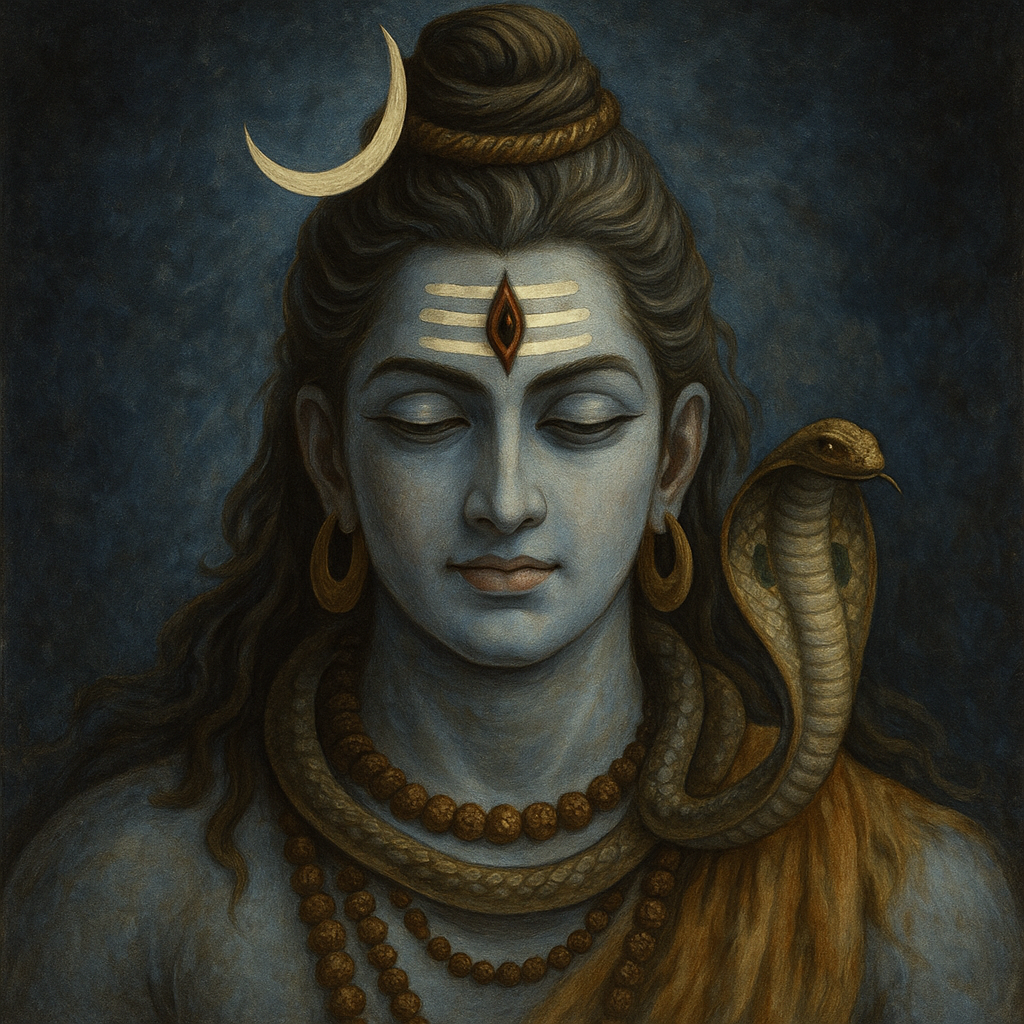
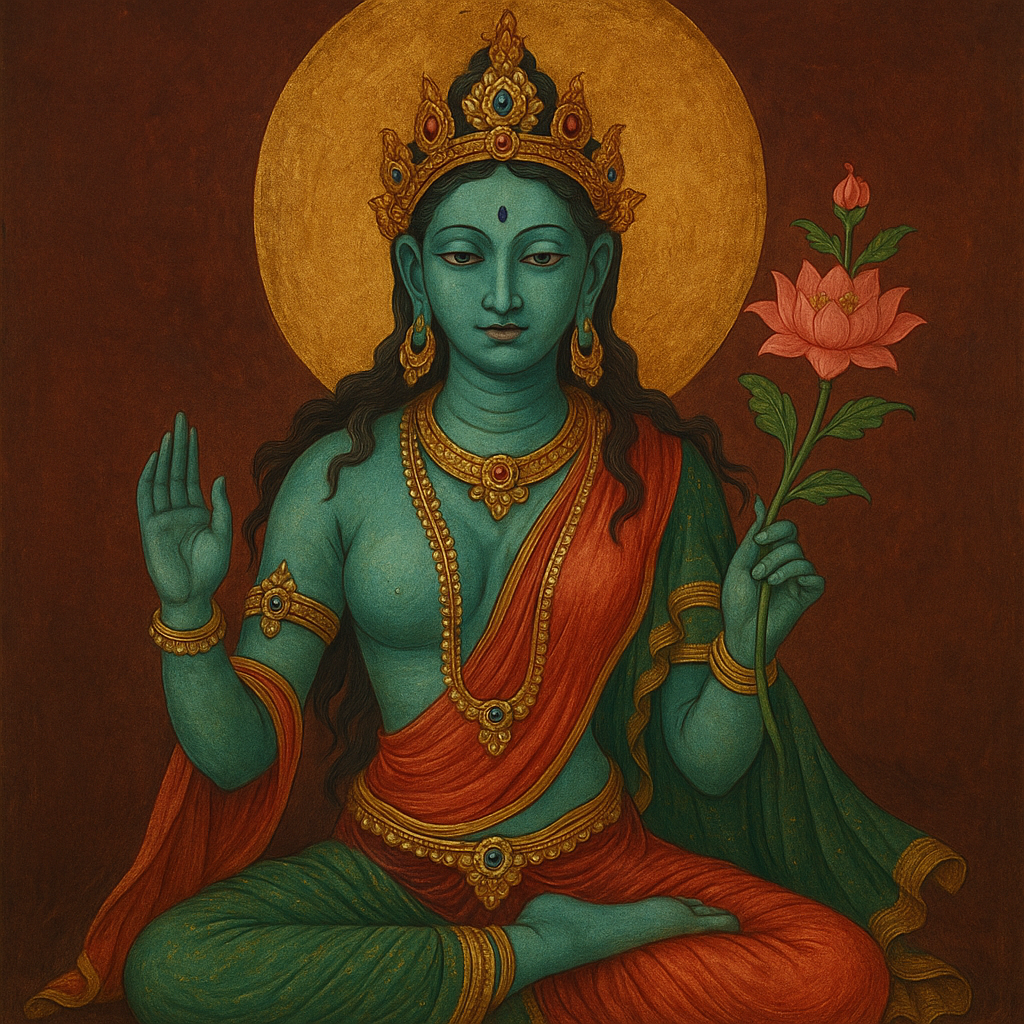
Comments 0
Leave your thought here